

Engage prospects with a scan and streamline customer engagement with FREE QR code marketing tools by Sona – no strings attached!
Create a Free QR CodeFree consultation

No commitment

Engage prospects with a scan and streamline customer engagement with FREE QR code marketing tools by Sona – no strings attached!
Create a Free QR CodeFree consultation

No commitment
In today’s digitally driven world, QR codes have shifted from being a simple curiosity to a powerful bridge between offline touchpoints and digital experiences. For manufactured home manufacturers, embracing QR code technology can transform the customer journey and the way you capture leads, offer post-sale support, and market your latest model lines. QR codes provide a frictionless, app-free way to engage buyers and industry partners, direct from the factory floor, sales lot, or brochure.
Facing increased competition in a market that demands both agility and transparency, manufactured home manufacturers often struggle with manual data collection, missed high-value prospects, and fragmented customer experiences. The inability to seamlessly track and engage prospects at every touchpoint can result in lost opportunities and inefficient workflows. QR codes have emerged as the ideal tool to eliminate outdated analog processes, such as printed brochures, paper sign-in sheets, or manual inquiry tracking, helping manufacturers gain greater visibility and immediacy in their interactions.
By strategically embedding QR codes across materials, signage, and even within Google Ads campaigns, manufactured home manufacturers can bridge the persistent visibility gap left by traditional tracking methods. Solutions that automate code deployment and integrate scan data directly into marketing and CRM systems empower teams to track anonymous interest, personalize outreach, and maximize every physical and digital touchpoint. This guide explains how these strategies are changing business outcomes for manufactured home manufacturers, helping them respond faster and more effectively to the evolving demands of today’s buyers.
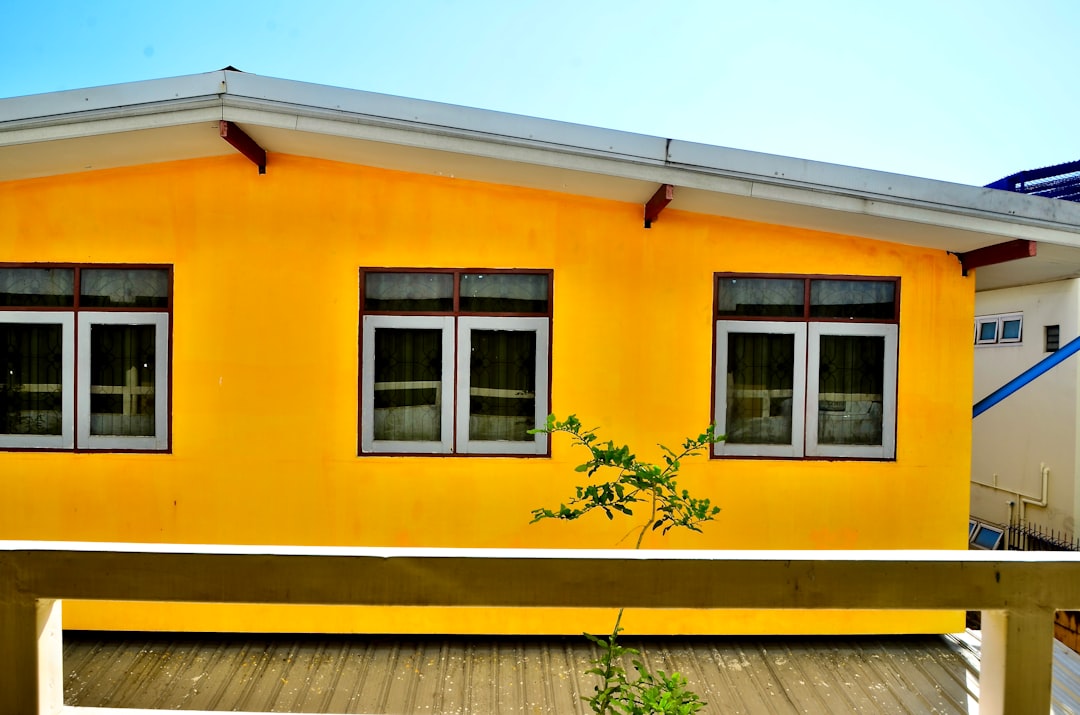
QR codes are redefining how manufactured home manufacturers connect offline moments to online conversion opportunities. Historically, many organizations have missed out on high-value prospects because interactions at sales events, model centers, or with printed collateral went untracked. The result is incomplete CRM data and slower follow-up times that hurt conversion rates. By using QR codes, manufacturers can turn every brochure, sign, and walk-through into a measurable, action-driven moment that flows directly into marketing and sales systems.
This approach is not just about efficiency. It is about redesigning the customer journey so that each scan initiates a clear next step: booking a tour, requesting a quote, exploring floor plans, or registering a warranty. Real-time engagement reduces the gap between intent and action and gives teams the data they need to prioritize high-intent buyers. With thoughtful placement, clear calls to action, and a centralized platform such as Sona QR to manage codes and analytics, you can create a repeatable engine for capturing demand at the source.
Transitioning from analog to QR-powered touchpoints enables manufacturers to respond in real time, capture intent before it fades, and reduce manual errors. As scan data flows into your systems, it becomes easier to identify high-value accounts and coordinate sales, marketing, and service responses with precision.
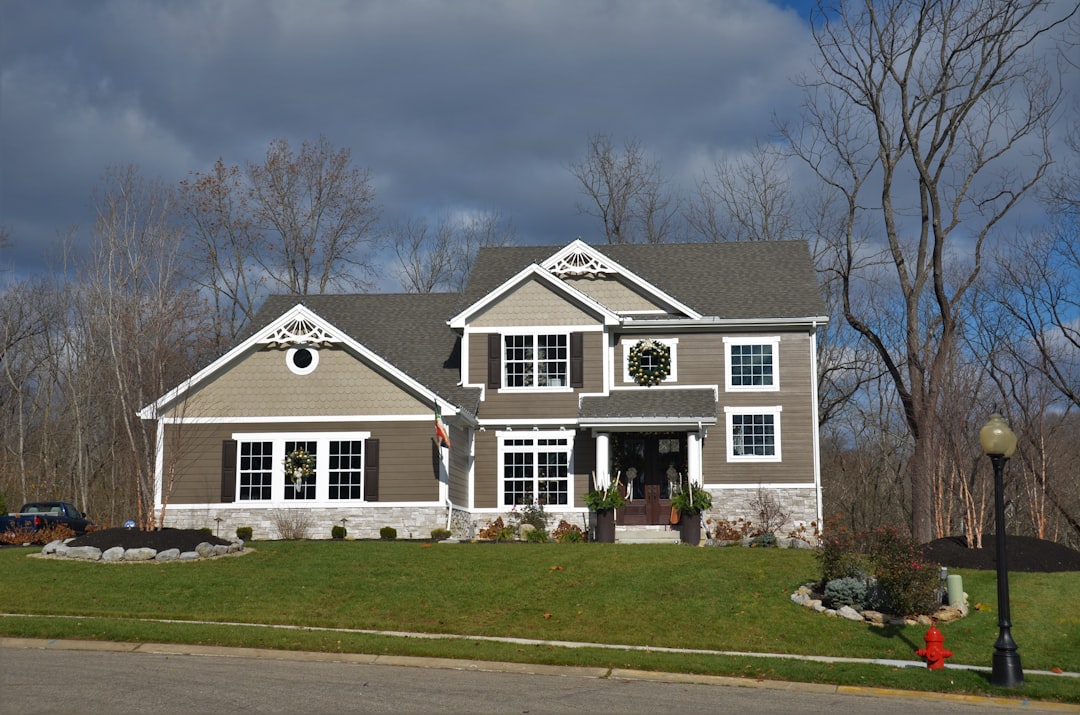
Manufactured home manufacturers often depend on static brochures, paper-based booking, and manual lead capture. These methods are slow, error-prone, and difficult to measure. QR codes provide an immediate digital onramp that collapses friction and improves visibility across the buyer journey.
When you replace paper processes with QR-first workflows, you eliminate the lag between interest and action. Teams gain a reliable audit trail for every interaction, from first scan to final sale. With a platform like Sona QR, creating, deploying, and tracking codes is simple and scalable.
Modern QR platforms support this transformation end to end by automating code creation, tracking interactions, and syncing engagement data to your CRM and marketing tools. The result is a complete picture of each account’s journey that informs faster, smarter decisions.
The manufactured home sector is seeing rising expectations for speed, transparency, and always-on access to information. One of the biggest challenges is the black hole around physical engagement: buyers walk lots, tour models, and pick up brochures without leaving a digital footprint. QR codes convert these moments into trackable interactions that accelerate education and conversion.
By turning every print asset or on-site touchpoint into an actionable digital gateway, manufacturers can identify interest earlier and tailor the journey for each segment. The advantages compound: faster lead capture, improved attribution, and better alignment between marketing, sales, dealers, and service teams.
For manufactured home manufacturers, QR codes on sales brochures, model signage, supply chain documents, direct mail pieces, and appointment cards transform every physical interaction into a measurable, data-rich event. This closes the loop across marketing and operations and elevates the overall buyer experience.
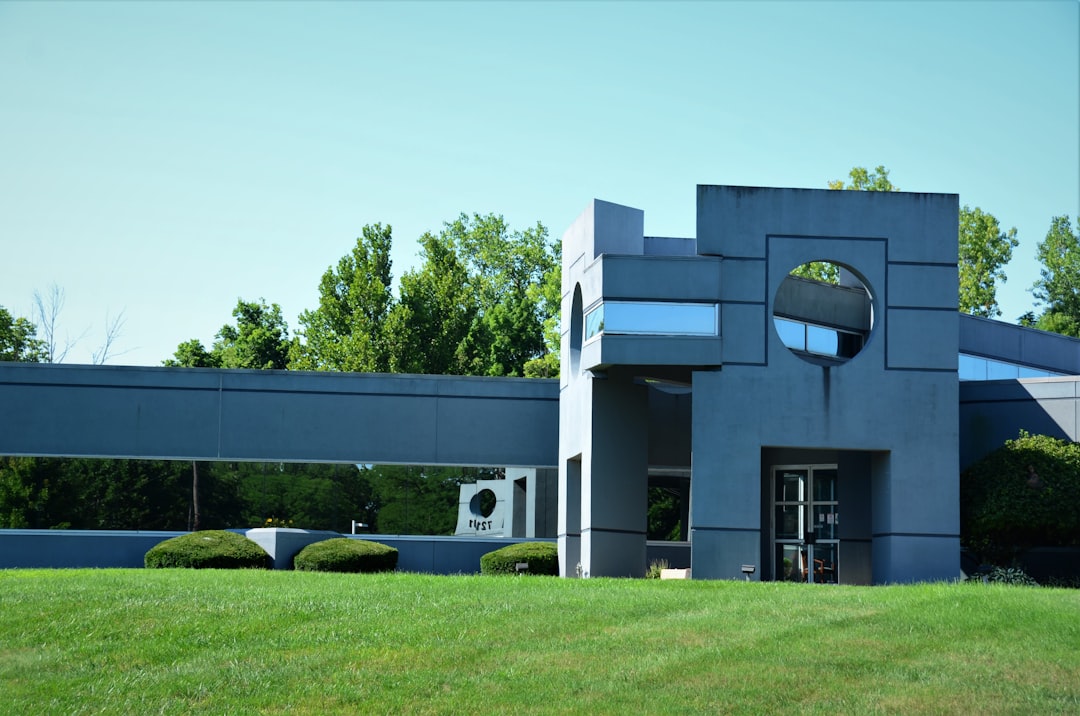
QR codes are flexible and can support a range of business goals. Selecting the right format ensures that each scan initiates the desired action with minimal friction. When your CRM is missing data or your follow-up is delayed, format selection can make the difference between a warm lead and a lost one.
In manufactured housing, where buyers often engage across dispersed surfaces such as lot signage, spec posters, and print ads, formats that streamline contact, booking, and content access tend to deliver the highest value. Dynamic codes add another layer of efficiency by enabling updates and analytics without reprinting.
Dynamic QR codes are especially useful for campaigns that require frequent updates, retargeting, or detailed performance tracking. A management platform like Sona QR consolidates scan data, keeps records current, and supports deeper segmentation for targeted marketing.
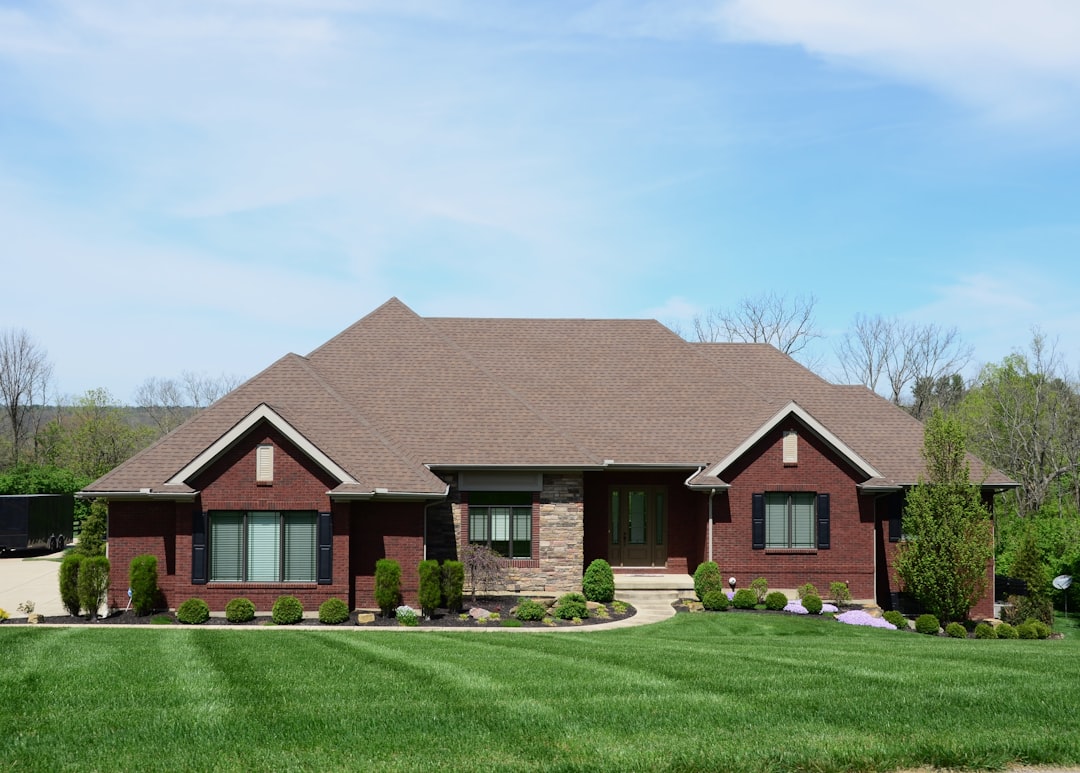
Growth stalls when signals like model visits, feature exploration, or service inquiries are not captured and routed for timely follow-up. QR codes create a feedback loop right where interest occurs, making it easier to identify patterns and prioritize the next best action.
By deploying QR codes at the intersections of discovery, evaluation, and ownership, manufacturers increase visibility into what drives demand and where friction persists. Each scan becomes an opportunity to measure engagement, trigger workflows, and build audiences for future retargeting.
Manufacturers that layer QR codes across these touchpoints benefit from faster lead routing, improved segmentation, and an ability to detect churn or cross-sell signals earlier. Over time, this compound effect boosts revenue efficiency and customer lifetime value.
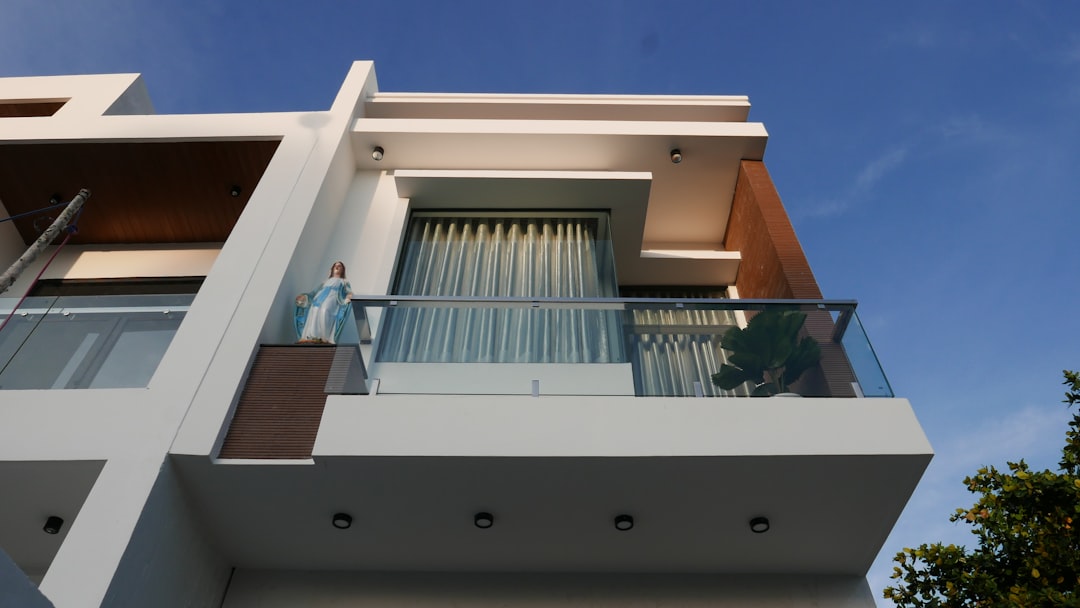
Most manufactured home organizations juggle multiple channels and stakeholders across long consideration cycles. This fragmentation makes it difficult to measure, personalize, and automate engagement. QR codes unify these interactions by guiding prospects and owners to the next best step and recording it.
When each physical asset serves as a smart entry point to digital content or workflows, your team can see where interest is highest and intervene with the right message. This reduces follow-up lag and increases conversion rates from initial curiosity to signed contracts and satisfied owners.
Each use case aligns to a specific buyer or owner need and activates a data-rich interaction. The cumulative effect is a smoother experience, better attribution, and more reliable forecasting for production and sales planning.
Every scan is a high-fidelity signal that can power audience segmentation and personalized follow-up. In manufactured housing, where buyers spend weeks or months researching, scan context reveals intent and readiness: which models they viewed, where they scanned, and what action they took next.
By deploying unique codes across events, lots, brochures, and post-sale materials, you can automatically tag and nurture audiences based on behavior. Once your systems ingest this data, your retargeting and sales motions become more relevant and timely.
Advanced platforms such as Sona QR automate these workflows, building dynamic audiences as scans occur. Marketers gain real-time visibility into which sources are fueling the pipeline, reducing guesswork and increasing return on ad spend.
Many manufacturers measure physical and digital campaign performance separately, which obscures how channels influence each other. QR codes unify these signals by turning offline interactions into measurable digital actions that can be attributed and optimized.
When a prospect scans a code on a brochure, billboard, or spec poster, that is a precise moment of intent. Integrating these moments with your email, paid media, and CRM strategies creates a connected customer journey and a single source of truth for performance.
A centralized platform like Sona QR manages all codes, tracks performance, and syncs data to your CRM and ad platforms. This turns QR scans into a vital layer in your performance marketing stack and customer experience strategy.
A well-planned QR campaign aligns technology, creative, and operations around a concrete business outcome. In manufactured housing, the most successful programs focus on speed to value: rapid lead capture at events, smooth model exploration on the lot, and effortless owner support after delivery.
Before launching, clarify your target audience, the physical environment where scanning will occur, and the exact action you want to trigger. Then build a measurement plan that ties scans to downstream outcomes such as appointments, quotes, or service resolutions.
Define a specific goal such as accelerating lead capture at a regional expo, driving qualified tour bookings from lot signage, or streamlining warranty registration during home handover. Align your QR code’s destination and data capture to this outcome so success is easy to measure.
Decide between static and dynamic. Use static codes for fixed destinations such as a brochure PDF that will not change. Use dynamic codes for campaigns that require updates, detailed analytics, or retargeting. Dynamic codes give you flexibility to refine offers without reprinting. Start creating QR codes for free.
Brand the code and add a clear frame with a short, specific call to action such as “Scan to schedule a tour.” Test scanning under real conditions: different devices, distances, lighting, and angles. Confirm that landing pages load fast, are mobile-friendly, and match the promise in your CTA.
Place codes where your audience naturally engages such as model signage, window displays, brochures, direct mailers, delivery packets, and event banners. Match placement to behavior and ensure codes are at eye level with sufficient white space and print contrast for easy scanning.
Use a platform like Sona QR to monitor scans by time, location, and device. Track conversion behavior and identify drop-off points. A/B test CTAs, creative, and placement. Share learnings with sales and dealer partners to improve alignment and outcomes across campaigns.
Platforms that centralize scan data and connect to your CRM make it much easier to iterate. As you see what works, standardize templates for new models, markets, or events and roll out improvements at scale.
Manufactured home teams often lack clear visibility into how offline interactions influence pipeline and bookings. Counting scans is a start, but the real value comes from tying each scan to downstream outcomes such as qualified appointments, proposal requests, or closed sales. A robust analytics framework turns QR engagement into a performance lever across marketing, sales, and service.
With Sona QR and Sona, you can move beyond basic scan counts. Sona is an AI-powered marketing platform that identifies and enriches visitors, scores accounts by intent, and syncs audiences to ad platforms and CRMs for unified attribution and activation. Connect anonymous scans to known buyers through identity resolution, unify touchpoints across the journey, and attribute revenue to QR-influenced interactions. This provides a single, reliable view of what drives results.
For deeper context on attribution, see Sona’s blog post single vs multi-touch attribution models and first-touch vs last-touch attribution models.
Platforms that unify these insights allow manufacturers to see how each touchpoint contributes to revenue growth. QR codes become part of your performance toolkit, not just a digital convenience.
QR code initiatives succeed when they are easy for customers to use and easy for teams to measure and act on. Focus on clarity, placement, and automation to remove friction and keep momentum high. Training staff to promote scans and explain value is equally important.
As campaigns mature, standardize what works: consistent CTAs, model-specific destinations, and scan-to-CRM automations. This reduces one-off effort and ensures every new asset you print or display performs from day one.
Creative example: Adding a QR code to model entry doors allows for instant guest sign-in and targeted follow-up, while codes on supply chain documentation help verify deliveries and record key process milestones that are immediately actionable.
Manufacturers are already transforming their offline-to-online funnels with QR codes, often reporting double-digit lifts in qualified lead volume and faster speed to first appointment. These wins come from aligning scans to precise actions and building automation around the moments that matter.
Use the following examples as starting points, then adapt them to your brand, models, and markets. Measure rigorously and share results with your sales and dealer partners to scale quickly.
Industry leaders consistently report improved data quality, faster lead routing, and stronger collaboration among marketing, sales, and dealers once QR campaigns are fully integrated. The creative possibilities are broad and the operational benefits are immediate.
Even well-intentioned QR initiatives can underperform if basics are overlooked. Visibility, clarity, and trust are the three pillars that drive scan rates. Make sure codes are easy to find, easy to understand, and clearly safe to use.
Security and data hygiene are equally important. Always use HTTPS destinations, rotate and verify codes for critical workflows, and ensure that scan data is mapped to the right records in your CRM. A broken or confusing post-scan experience erodes trust quickly and can negate your investment.
Neglecting placement, clarity, or security can lead to poor adoption and wasted spend. Treat QR as a strategic channel with design, testing, and iteration cycles similar to your other marketing and operations programs.
QR codes have evolved from novelty to necessity for manufactured home manufacturers. By turning every brochure, model home, and process document into a gateway to timely information and action, manufacturers increase lead conversion, improve support efficiency, and build a data-rich foundation for growth. QR-driven workflows address long-standing pain points like manual data capture, slow follow-up, and limited attribution.
Organizations that embed QR strategies across sales, marketing, and service see faster lead capture, more satisfied owners, and clearer insights across channels. Whether your priority is streamlining supply chain logistics, increasing Google Ads ROI, or enabling contactless engagement on the lot, QR codes deliver data-driven interactions suited to today’s buyers. Platforms like Sona QR and Sona.com make it easy to generate, manage, and attribute QR engagement, helping you connect scans to revenue and scale success across markets.
QR codes have transformed the manufactured home manufacturing industry from static information sharing into dynamic, measurable engagement channels. Whether it’s streamlining access to detailed product specs, simplifying maintenance requests, or enhancing customer onboarding, QR codes replace traditional paperwork with instant, mobile-friendly actions—capturing invaluable data that turns every interaction into a powerful conversion opportunity.
Imagine customers instantly accessing floor plans, warranty information, or virtual tours with a simple scan, boosting satisfaction and accelerating sales cycles. With Sona QR, you can create dynamic, trackable QR codes in seconds, update content on the fly without reprinting, and connect every scan directly to your revenue streams. No wasted materials, no missed leads—just smarter, more efficient customer engagement.
Start for free with Sona QR today and transform every scan into a seamless step toward customer acquisition and lasting loyalty.
QR codes help manufactured home manufacturers capture leads faster, improve customer engagement, automate workflows, track offline interactions digitally, and provide real-time data for better marketing and sales decisions.
QR codes turn physical touchpoints like brochures and signage into digital gateways that enable instant actions such as scheduling tours, requesting quotes, and exploring floor plans, reducing delays and increasing conversion rates.
Common QR code formats include web links to model pages, vCards for contact sharing, SMS or email pre-filled messages for inquiries, Wi-Fi access for on-site convenience, and app downloads for financing or design tools.
Dynamic QR codes allow manufacturers to update destinations without reprinting materials, track scan analytics, enable retargeting, and provide flexibility to refine offers, improving campaign efficiency.
Effective placements include showroom and lot signage, home model stickers, event and trade show assets, delivery and setup documents, direct mail campaigns, brochures, and entry doors.
QR code scan data can be synced with CRM systems like Salesforce and HubSpot and ad platforms to automate lead capture, enable retargeting, track conversions, and provide closed-loop attribution.
Manufacturers should avoid poor placement, unclear calls to action, insecure or broken code destinations, and lack of staff training to ensure high scan rates and trust in the QR experience.
QR codes on warranty documents, appliance panels, and owner packets enable instant warranty registration, service requests, and access to FAQs, reducing manual errors and speeding resolution.
QR codes on shipment documents and inspection sheets verify deliveries, log quality checks, and create timestamped records that reduce paperwork delays and misrouted inventory.
By tracking scan metrics such as time, location, device, and campaign source, analyzing conversion rates, integrating with CRM data, and using multi-touch attribution models, manufacturers can optimize performance and ROI.
Use Sona QR's trackable codes to improve customer acquisition and engagement today.
Create Your FREE Trackable QR Code in SecondsJoin results-focused teams combining Sona Platform automation with advanced Google Ads strategies to scale lead generation

Connect your existing CRM

Free Account Enrichment

No setup fees
No commitment required

Free consultation

Get a custom Google Ads roadmap for your business






Launch campaigns that generate qualified leads in 30 days or less.
